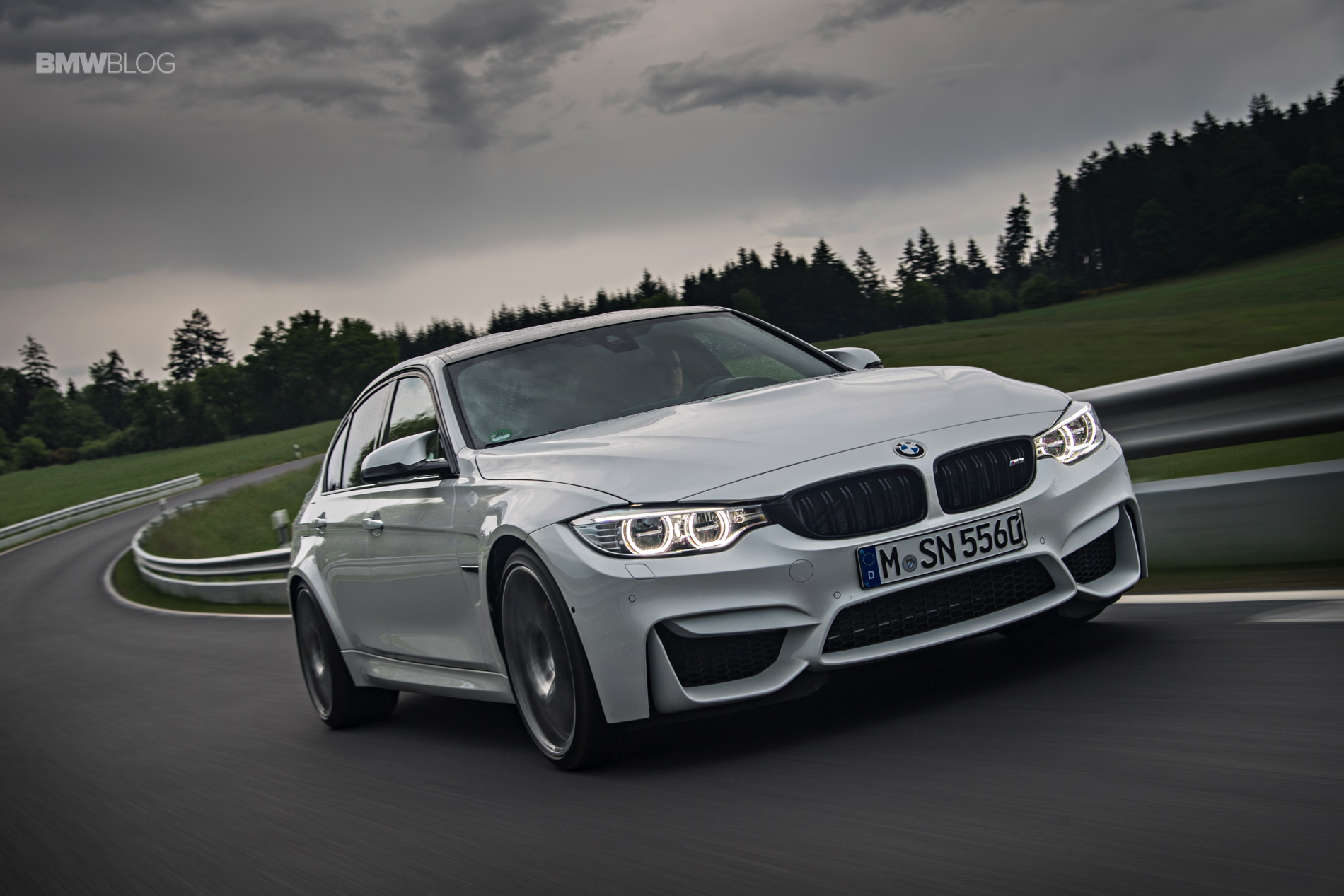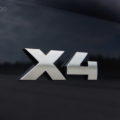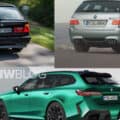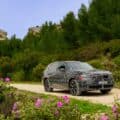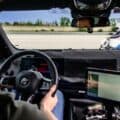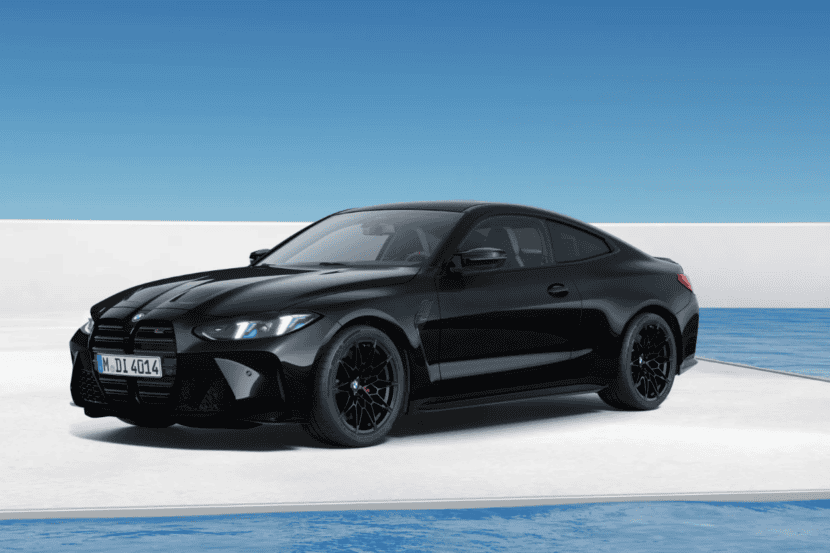Ever since Alfa Romeo debuted its newest Giulia Quadrifoglio, its been endlessly compared to the BMW M3, naturally. But, typically, when journalists review Alfa Romeos, they always win their comparison tests due to intangible Italian-ness. They feel special, more so than zee Germans, usually, and this makes them very likable. However, what happens if you put the Alfa side-by-side with the best two cars in its class for some proper data testing?
A bit of info on each car first. The Alfa packs a 503 hp 2.9 liter twin-turbo V6 and has an eight-speed automatic driving the rear wheels. The BMW M3 Competition Package has a twin-turbocharged 3.0 liter I6 engine making 444 hp and sends power to the rears through a seven-speed dual-clutch. The AMG C63 S has a 502 hp twin-turbo V8 sending power through as seven-speed dual-clutch to the rear wheels as well.

In this latest video review from Carwow, they get the Alfa Romeo Giulia Quadrifoglio lined up with the BMW M3 Competition Package and the Mercedes-AMG C63 S Coupe for a drag race first, which is simple enough. All three cars are lined up and do a standing quarter-mile race. The Alfa obliterates the other two cars, which was expected as it has the best power-to-weight ratio of the bunch. The BMW M3 Competition Package comes in second place, despite having the least amount of power. This leaves the heavy AMG in last place. It just goes to show, a diet can make a bit difference.
After that, Mat Watson of Carwow tests each car’s 0-60 mph times and matches them against their claimed times. He uses high-tech telemetry to record the times so they’re very accurate. The Alfa Romeo Giulia Quadrifoglio did 0-60 mph in 3.9 seconds, exactly what Alfa claims. BMW’s M3 Comp Pack did it in 4.1 seconds, just a tenth behind its claim. And the AMG did it in 4.3 seconds, three tenths behind its claim. So the Alfa, the only car without launch control, was not only the fastest but the only honest one.
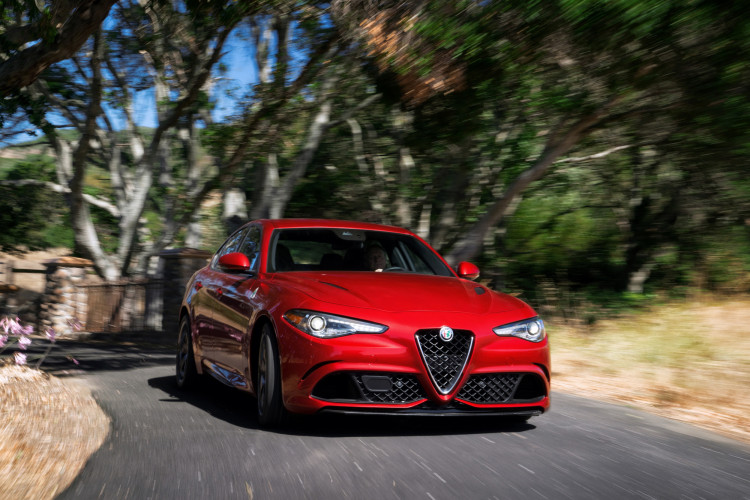
Next up is a rolling drag race, where each car starts at 30 mph and accelerates from there. Again, the Alfa wins significantly, while the BMW comes in second and the AMG in third. This really surprised me, actually, as the AMG should beat the Bimmer in this sort of race. Its significant power advantage should crush the BMW, considering that in a rolling race neither car would have to worry about traction, the AMG’s biggest problem.
Then comes the braking test. All cars stop in a line from 60 mph to 0. This time, the results came back in reverse order, with the AMG being the best, the BMW being in the middle again and the Alfa being the worst.

Next up is drift testing, which is very practical on the road. Watson again uses some fancy equipment to measure slip angle to see how much he can drift each car. In the Alfa, he was only able to manage a 30 degree drift, but it was easy and fun. In the Bimmer, he was able to do a 34 degree drift, though it seemed a bit more difficult. The Merc he actually spun into the grass the first try and then managed a 35 degree drift but said it was the most snappy of the three.
Now it’s time for their pricing. The BMW M3 Competition Package is the cheapest car of the bunch, at £59,000 to start. The Alfa Romeo Giulia Quadrifoglio is second cheapest, starting at £61,000. It’s the AMG that costs significantly more, at £69,000. Watson claims the Alfa Romeo is the best car of the three without question and it’s hard to argue. However, if I were to, I’d say that the BMW M3 was the better buy, thanks to its lower price, far better dealer network than the Alfa and better warranty. It also has far better technology and is still faster than the AMG. But if you want the Alfa because of its crazy cool looks, Italian flair and mega speed, I can’t really blame you.


